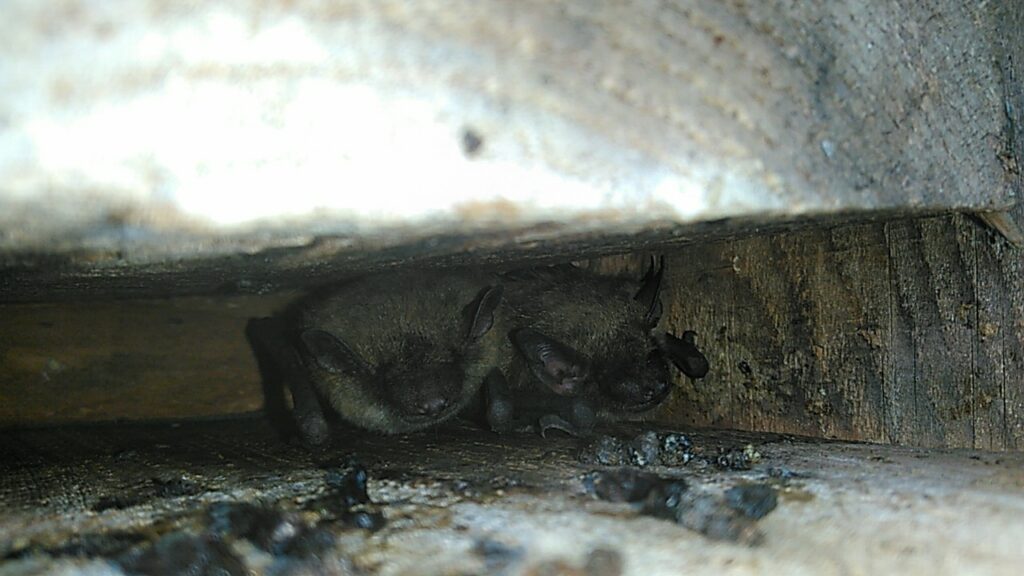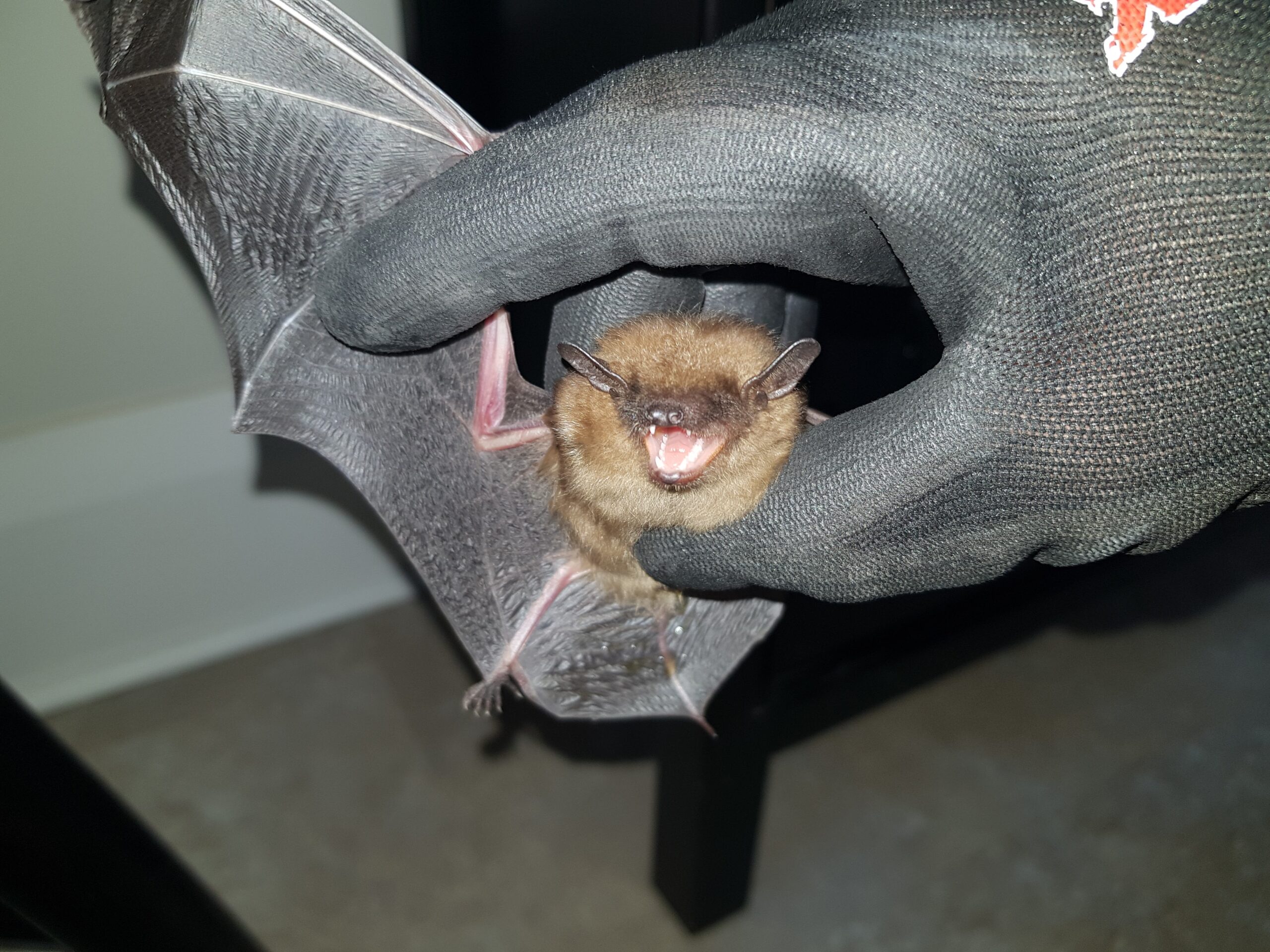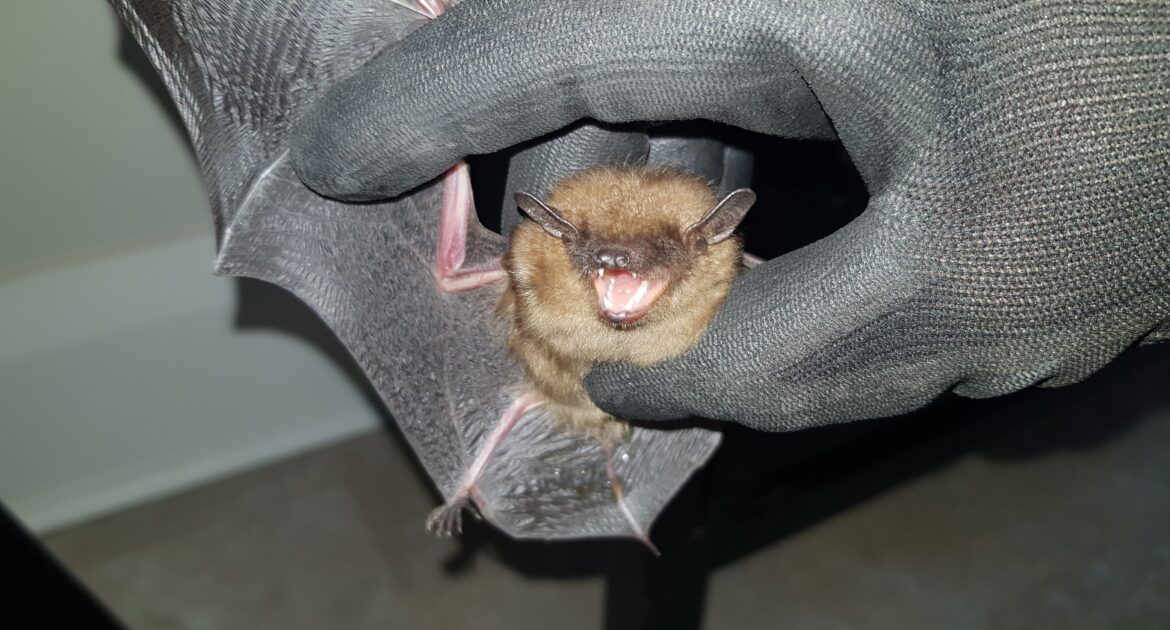One of the most fascinating parts of British Columbia is the wide variety of wildlife present at any given time. In BC, there are five common species of harmless bats readily identified. They are typically seen because they make their way into the houses of humans for warmer temperatures and safe nesting. Learn more about what makes each bat species different from the others and determine who to call for bat removal in Okanagan.
The Silver-Haired Bat
This bat has very dark brown, blackish fur with silver-tipped hairs. It has a silvery belly from its frosty fur. The Silver-haired bat tops out at a weight of only 12 grams. Its maximum length? It averages about 115 millimeters on a good day. While Silver-haired bats roost primarily in trees and abandoned bird nests, homeowners can expect to find them in eaves and attics before the hibernation months.
The Yuma Myotis Bat
The Yuma Myotis bat reaches only a maximum of about 100 millimetres in length, and its weight tops out at around 6 grams. The Yuma does not traditionally nest in trees, and it is a night hunter that likes to move from roost to roost with large groups of other Yuma bats. Males and females might not always roost together.
The Yuma Myotis bats look for areas near water where they can feed on aquatic insects. During the day, they roost in structures so long as they remain near the water. As they break from hunting in their night roosts, they primarily rest under bridges in large groups. You can recognize the Yuma Myotis with brown fur, paler brown belly, and lighter brown ears.
The Little Brown Bat
The Little Brown bat likes to roost and hunt in groups. This bat is usually only found in great numbers in caves. You can determine that you are on the right track to a colony because you will see and smell bat droppings the further you enter the cave. Bat droppings can be dangerous so bring protective gear.
The Little Brown bat is also a medium-sized bat about the same size as the Yuma. Its fur is a yellowy colour on its back and a lighter tan on its belly. You can recognize it from its fur and its unique blunt nose. These bats hunt for whatever insects are available to them when dusk rolls around.

The Big Brown Bat
The Big Brown bat measures longer and weighs more than its smaller counterpart. The maximum weight for Big Brown is just under 25 grams, while its total length can reach over 130 millimetres. It does not have the cute stub-nose that Little Brown does, and this is the primary identifying difference between the two species.
The Big Brown bat is a darker brown and has almost black ears and membranes. This bat loves to live in massive colonies, sometimes with nearly 1000 bats at a time in a roost. They like eaves and smaller spaces like tops of barns and attics to roost. The Big Brown bat is often referred to as a barn bat.
The Hoary Bat
The Hoary bat can reach up to nearly 145 millimetres at full length, and its weight can top about 35 grams. This big bat is the largest in British Columbia and is often recognized for its massive size and soft splotchy fur that appears yellow and white.
The Hoary bat loves to roost in trees and is territorial once a feeding area is established. Hoary bats can sometimes become a problem near flood lighting in garages and barns since they are quite attracted to light. The accumulation of bat droppings can be dangerous to pets and humans as a result.
If you need a bat or a colony of bats removed from your property, or if you just suspect that you might have a bat problem, contact Skedaddle Humane Wildlife Removal for professional services.




